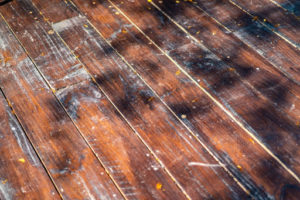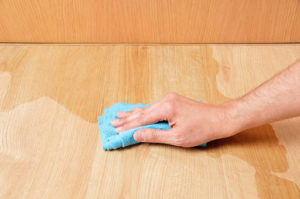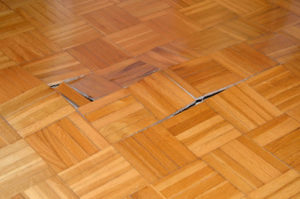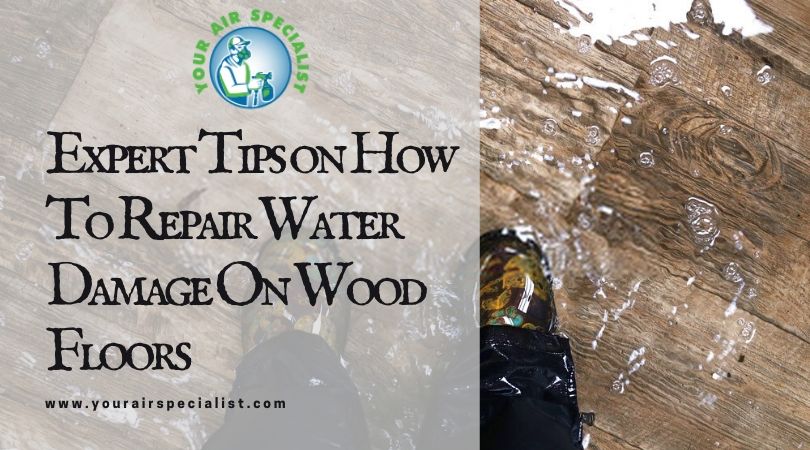Expert Tips on How To Repair Water Damage On Wood Floors
You do not have to damage your wood floors in a spring flood or hurricane range disaster. Second-floor neighbors can cause problems with plumbing, fire hoses, and overflowing bathtubs with porous wood floors and undercarriage. For whatever reason, water can cause warping, mold, and mildew growth that can damage the floor.
If a large amount of flood water damage on wood floors, they will never be the same. Since the wood is porous, it is easy for the material to absorb moisture. As a result, minor leaks in the floor can show signs of decay. Wet beds form cups when planks swell and absorb large amounts of water. But you can take the following steps to save them from the junkyard.
How To Repair Water Damage on Wood Floors?

The sooner you can take care of your wet floors, the better. Wood cellulose fibers absorb water faster but release it more slowly. If you think your wood floors are so finished that wood can’t penetrate water, think again. The wood floor has many infiltration points in addition to the upper level. Between the seams, by the breakdown of the bonding, under the baseboards, by the heating register, and a host of other areas.
Remove The Stagnant Water
Use a shop vacuum in “wet mode” to remove as much water as possible from the floor surface. This is easy with a large floor attachment for the vacuum hose. It is also useful to use a squeegee to collect water while vacuuming.
Scrubbing The Floor
Mix a neutral detergent-compatible disinfectant with the clean water in the bucket. Scrub the entire floor and all associated woodwork (such as stairs and newel posts) with a stiff brush, and often rinse the brush with a bucket. Do not water the floor (there is no reason to add water to the problem). Thoroughly rub to remove dirt, mud, silt, and organics that can promote mold growth.
Treat The Mold

Clean the areas showing signs of mold mixed with water with TSP (Trisodium phosphate) or TSP substitute. Rub the affected areas with a solution until the color of the mold and mold has disappeared. Then rinse with clear water and dry the surface with a dry cloth.
Dry The Floor
Dry the floor naturally and slowly with fans and lots of air flows through the room. Open the windows and doors (unless the outside air is humider than the air inside) and allow the fans to move air through the room.
For example: place a box fan to close the fan and then open the windows and/or doors on the opposite side of the room to let in the fresh air. It provides cross-ventilation to remove moisture.
Warning Note: It is important to dry the floor constantly, but slowly. Hardwood floors that dry too quickly can crack. Do not apply heat to water damage on wood floors as this can cause cracks, splitting, and other problems.
Sand Water Damage on Wood Floors

After drying a wood floor, you may have some concave or convex floorboards; this is called “cupping.” Heavy sanding with a drum or orbital sander can actually “takedown” some minor high areas. However, heavily cupped wood cannot be sanded down smooth. It is inevitable that some floorboards may lift completely at the ends. In this case, face-nail the floorboards back down.
Go For The Best Professionals in Ellicott City.
If you engage an experienced, highly-skilled water damage restoration contractor from Your Air Specialist, the water damage to your hardwood flooring should become a thing of the past. So if you are in Ellicott City, then please feel free to call us day or night. We are here to help 24/7 and our experienced technicians are ready to respond at any time. Call us today on (443) 686-9222.

